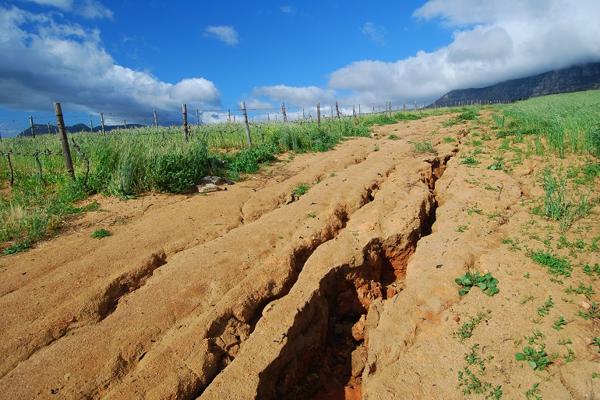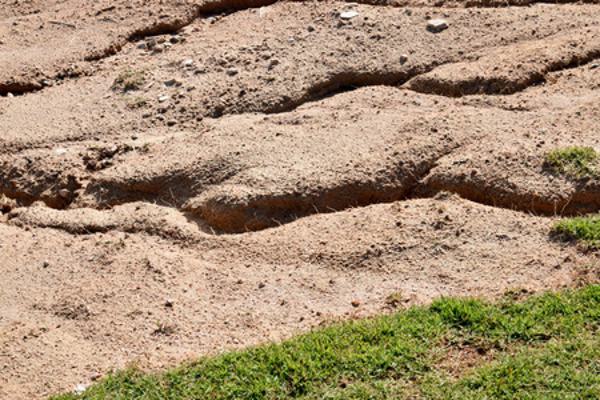How Does Soil Erosion Assessment Contribute to Environmental Conservation?
Soil is more than just dirt—it’s the foundation of ecosystems1, agriculture, and water cycles. Yet every year, vast amounts of this vital resource are lost to erosion2, threatening food security and environmental stability. Assessing soil erosion helps us understand the rate, extent, and risk of soil loss3, guiding better land use and conservation practices. This article explores how soil erosion assessment plays a crucial role in protecting ecosystems, maintaining productivity, and ensuring a more sustainable planet.
Causes and Types of Soil Erosion
Soil erosion is the displacement of topsoil caused by natural forces or human activities. It removes the nutrient-rich upper layer of soil, degrading land and affecting ecosystems downstream.
Main Causes:
- Water: Heavy rain, runoff, flooding.
- Wind: Especially in dry, exposed areas.
- Tillage and Overgrazing: Human activities that disturb soil structure.
- Deforestation and Construction: Remove protective plant cover.
Common Types of Erosion:
| Type | Cause | Characteristic |
|---|---|---|
| Sheet Erosion | Rainfall and surface runoff | Thin, uniform removal of topsoil |
| Rill Erosion | Concentrated runoff | Small channels on sloped fields |
| Gully Erosion | Continuous water flow | Deep ditches or ravines |
| Wind Erosion | Strong winds | Loss of fine soil particles |
| Streambank Erosion | River and stream flow | Undercutting of banks |
Recognizing the type and cause of erosion is essential for targeted assessment and intervention.

Techniques for Erosion Assessment
Soil erosion assessment involves quantifying soil loss and identifying risk areas, using both traditional field methods and advanced technologies.
Key Assessment Techniques:
- Universal Soil Loss Equation (USLE): A predictive model based on rainfall, slope, crop cover, and soil properties.
- Field Surveys: Visual inspections, sediment traps, and rill/gully measurements.
- Remote Sensing & GIS: Satellite imagery and geographic data to map erosion-prone zones.
- Erosion Pins: Measure vertical loss over time.
- Sediment Collection: Tracks downstream soil displacement.
Example: USLE Equation Components
[
A = R \times K \times LS \times C \times P
]
Where:
- A = Predicted annual soil loss (tons/acre/year)
- R = Rainfall erosivity
- K = Soil erodibility
- LS = Slope length and steepness
- C = Crop management
- P = Conservation practices
By combining multiple tools, scientists and land managers gain accurate insights into where and why erosion occurs.

Consequences of Erosion on the Environment
Unchecked soil erosion can have devastating impacts4 not only on farmland but on entire ecosystems.
Key Environmental Impacts:
- Loss of Soil Fertility5: Topsoil rich in organic matter and nutrients is removed.
- Water Pollution6: Sediments carry pesticides, fertilizers, and pathogens into rivers and lakes.
- Biodiversity Decline: Habitat loss for soil organisms and dependent species.
- Carbon Emissions: Eroded soils release stored carbon, contributing to climate change.
- Desertification: In extreme cases, land becomes barren and non-arable.
Soil Erosion Impact Table
| Effect | Environmental Consequence |
|---|---|
| Nutrient Depletion | Reduced crop yields and food insecurity |
| Sediment Runoff | Clogged waterways, fish habitat loss |
| Organic Matter Loss | Reduced water retention, soil collapse |
| Gully Expansion | Fragmented landscapes and infrastructure risk |
By measuring erosion rates early, we can prevent long-term degradation and protect critical ecosystem services.

Erosion Control Strategies
Once erosion is assessed, targeted conservation strategies can be applied to slow or reverse the process. These strategies depend on the land use, climate, and severity of erosion.
Common Erosion Control Methods:
- Vegetative Cover: Grasses, trees, and cover crops shield soil from raindrop impact and wind.
- Terracing and Contour Farming: Reduce slope runoff and improve water infiltration.
- Mulching and Organic Matter: Increase ground cover and build soil structure.
- Check Dams and Silt Fences: Trap sediment in gullies and streams.
- No-Till Farming: Maintains soil structure and reduces disturbance.
Erosion Control Strategy Table
| Method | Application | Benefit |
|---|---|---|
| Cover Crops | Agricultural fields | Stabilize soil, add organic matter |
| Riparian Buffers | Stream and river edges | Filter runoff, prevent streambank erosion |
| Terracing | Hillsides and sloped farms | Slows water flow, reduces soil loss |
| Geotextiles | Construction sites | Prevent erosion during land disturbance |
These measures not only protect soil but also enhance biodiversity, water quality, and long-term land productivity.

Conclusion
Soil erosion assessment is more than a scientific exercise—it’s a vital step in environmental conservation7. By identifying erosion risks early, we can implement effective strategies to preserve fertile land, protect waterways, and sustain healthy ecosystems8. In a world facing land degradation and climate pressures, measuring and managing erosion is key to building a resilient and sustainable future9.
-
Understanding the foundation of ecosystems is crucial for appreciating their complexity and the role of soil in sustaining life. ↩
-
Exploring the causes and effects of erosion can provide insights into its impact on the environment and agriculture. ↩
-
Learning about soil loss assessment methods can enhance land management and conservation strategies for a sustainable future. ↩
-
Understanding these impacts can help in developing strategies to combat soil erosion and protect ecosystems. ↩
-
Exploring this topic reveals the critical importance of soil health for sustainable agriculture and environmental balance. ↩
-
This link highlights the significant effects of soil erosion on water quality, crucial for both human health and wildlife. ↩
-
Exploring this resource will provide insights into essential actions for protecting our environment and combating erosion. ↩
-
This link will offer strategies and practices to maintain our natural resources and promote ecological balance. ↩
-
Discovering this topic will help you understand the principles of sustainability and resilience in environmental planning. ↩







